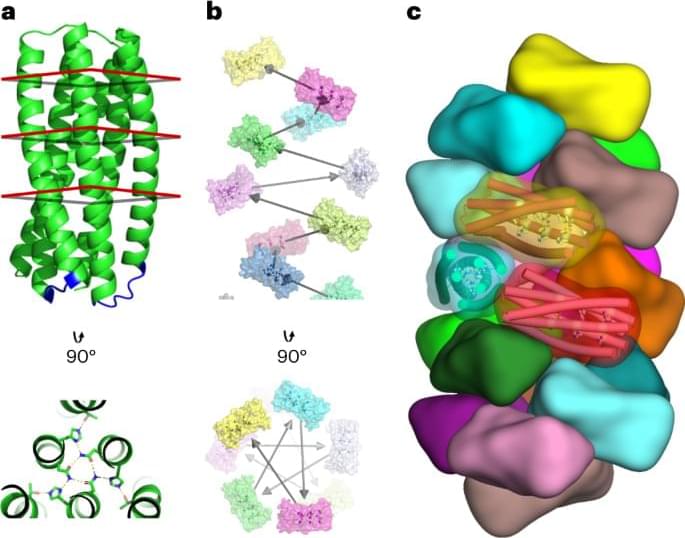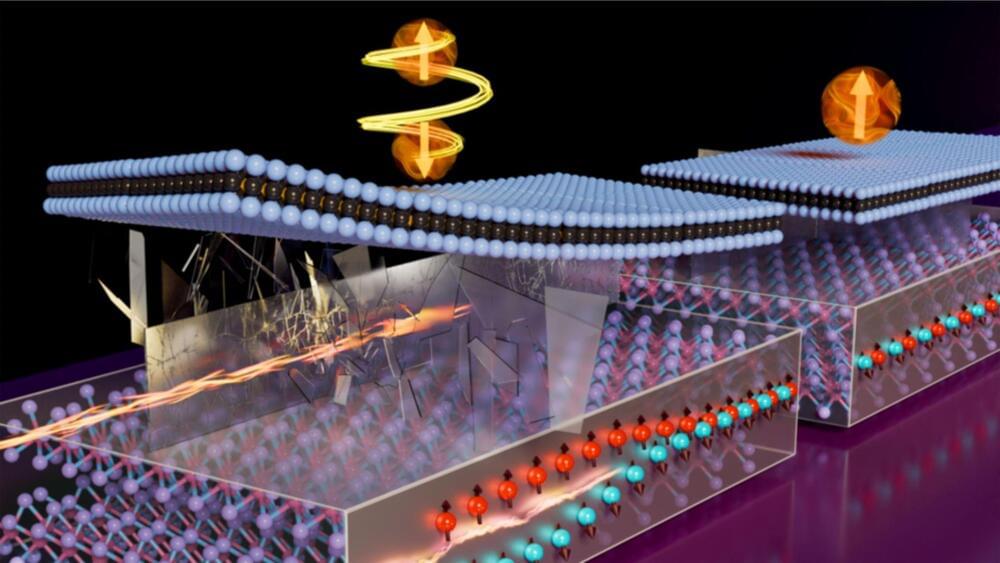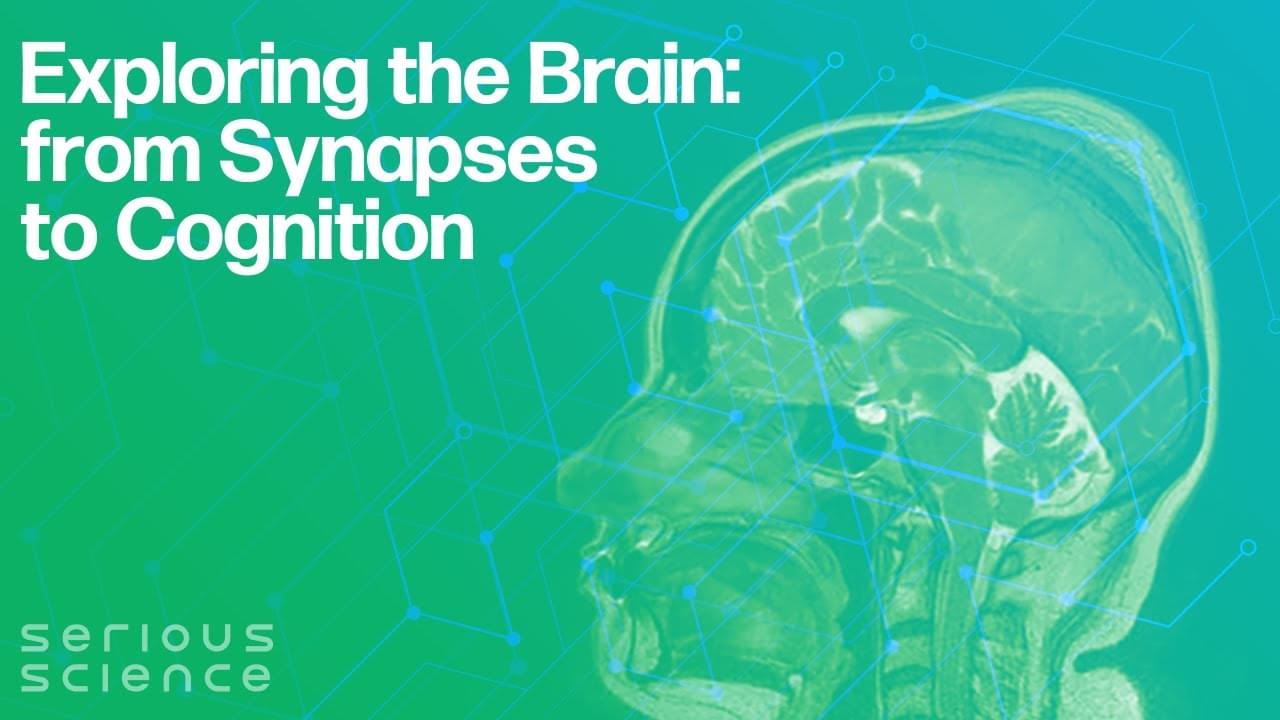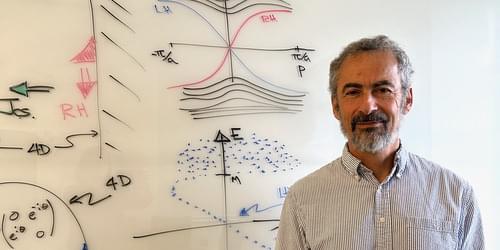Apr 8, 2024
The Magnetic Twist: Hybrid Superconductors Unlock Quantum Computing Potential
Posted by Saúl Morales Rodriguéz in categories: biotech/medical, computing, quantum physics
An international team including researchers from the University of Würzburg has succeeded in creating a special state of superconductivity. This discovery could advance the development of quantum computers.
Superconductors are materials that can conduct electricity without electrical resistance – making them the ideal base material for electronic components in MRI machines, magnetic levitation trains, and even particle accelerators. However, conventional superconductors are easily disturbed by magnetism. An international group of researchers has now succeeded in building a hybrid device consisting of a stable proximitized-superconductor enhanced by magnetism and whose function can be specifically controlled.
They combined the superconductor with a special semiconductor material known as a topological insulator. “Topological insulators are materials that conduct electricity on their surface but not inside. This is due to their unique topological structure, i.e. the special arrangement of the electrons,” explains Professor Charles Gould, a physicist at the Institute for Topological Insulators at the University of Würzburg (JMU). “The exciting thing is that we can equip topological insulators with magnetic atoms so that they can be controlled by a magnet.”

















